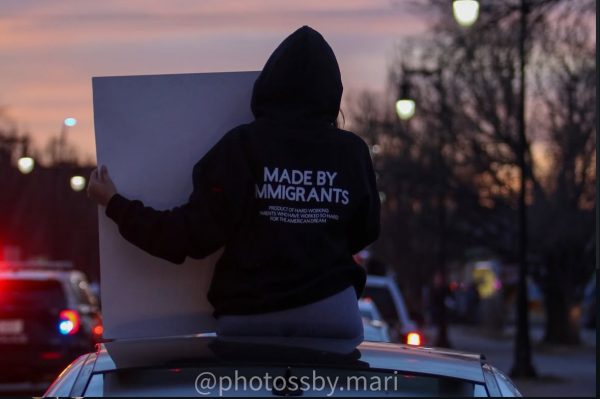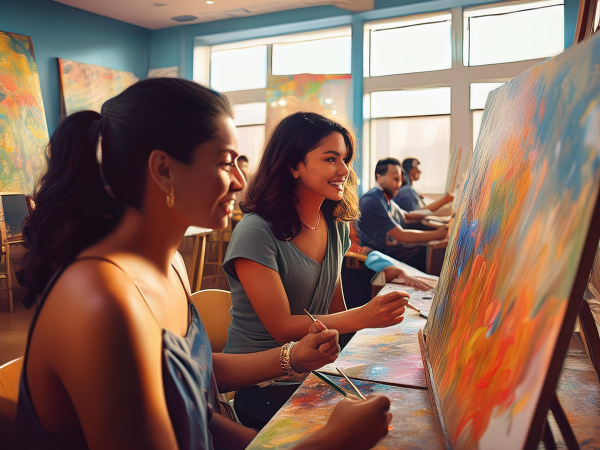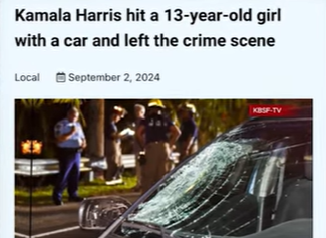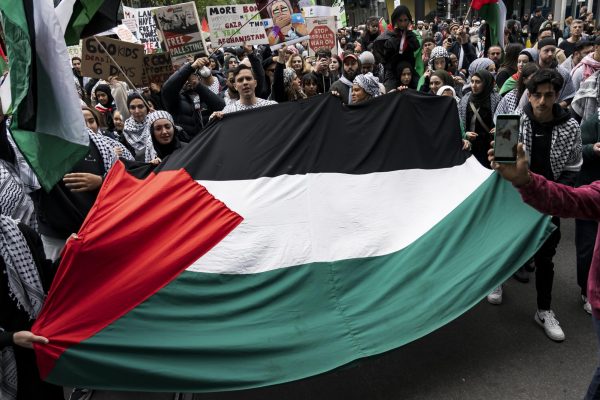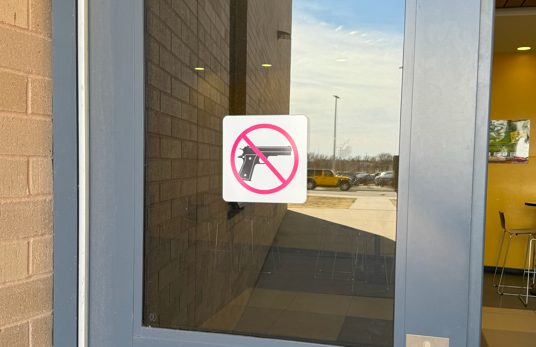Mascot Change Overdue
Wichita North High School recently changed its mascot from the “Redskins” to the “Redhawks”
Controversy around the use of indigenous people as mascots has been publicly debated since the 1960s in the US and Canada. Groups of people have historically been used as mascots, especially for sports teams, with mascots like “Vikings” and “Warriors.” The use of these mascots is far less controversial because they haven’t faced centuries of discrimination like Native Americans and are a far broader group of people. Within the past few years, many sports teams, brands and schools have decided to change aspects of their branding that were offensive. The recent rise in brands and sports teams changing their mascots and names came about during the Black Lives Matter movement in 2020, when people began calling out offensive portrayals of disenfranchised groups of people in the media.
In 2022, Kansas legislature approved a resolution that would encourage the elimination of Native American mascots within five years, but the resolution is non-binding. Over 20 Kansas school districts still use Native American-themed mascots and imagery, including the “Liberal Redskins” and the “Andale Indians,” who call themselves “The Tribe” and do a “tomahawk chop” in unison during sports games. The “tomahawk chop” is also performed by Kansas City Chiefs fans, who have also seen controversy due to their other practices at sports games, such as wearing war paint and headdresses.
Adorning chicken feather headdresses and war paint, holding tomahawks and yelling war cries is not an accurate representation of native culture, but rather reminiscent to stereotypes against natives that have been used to belittle and discriminate against them for years.
For some people, getting rid of Native American imagery means getting rid of their long-held traditions, but for Native people, seeing images portraying you as a caricature feels demeaning. If a long-held tradition is at the expense of a group of people already underrepresented and oppressed, then the practice should be reevaluated. No longer being able to mock someone else’s culture at football games is far less of a loss than what indigenous people have faced in this country.
The use of offensive caricatures in branding is just one contributing factor in the normalization of racism, but reducing our use of harmful stereotypes can, at least partially, reverse the damage these images have done and create an environment where people are equally and fairly represented.

